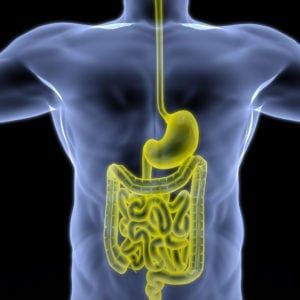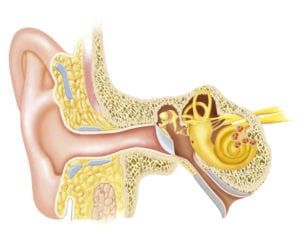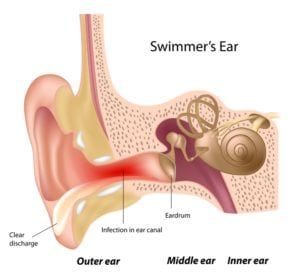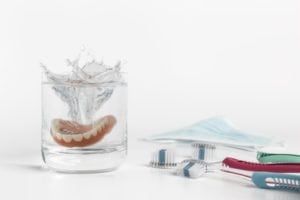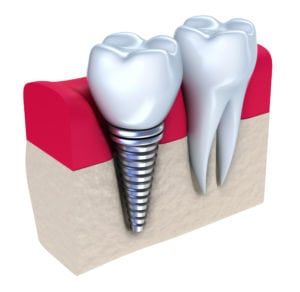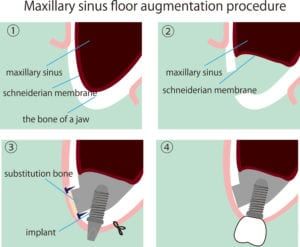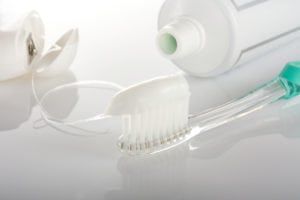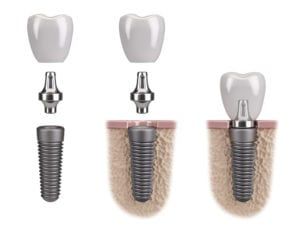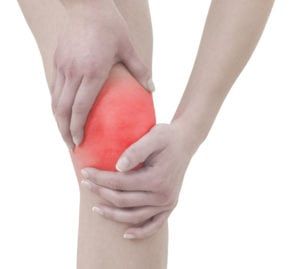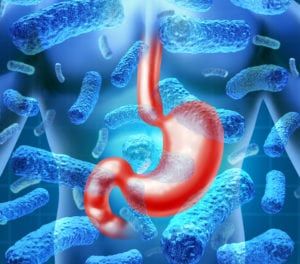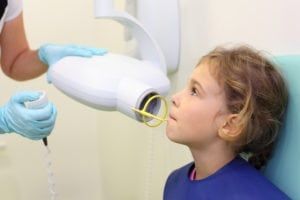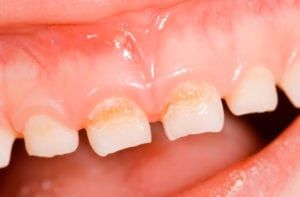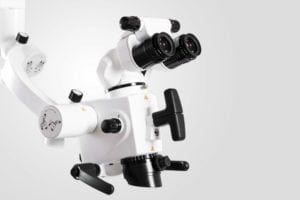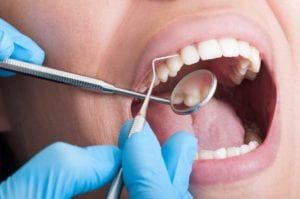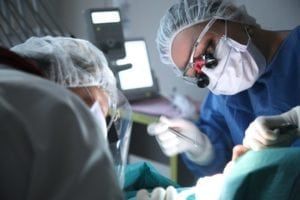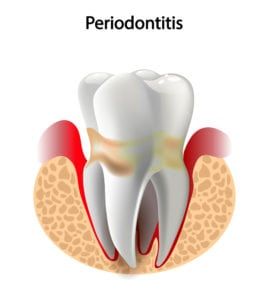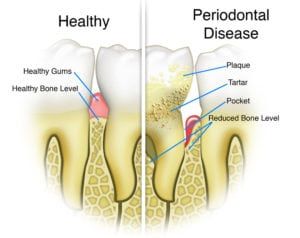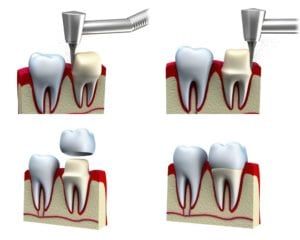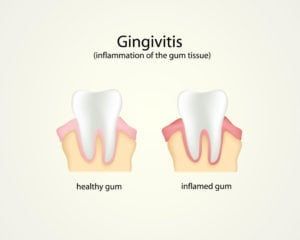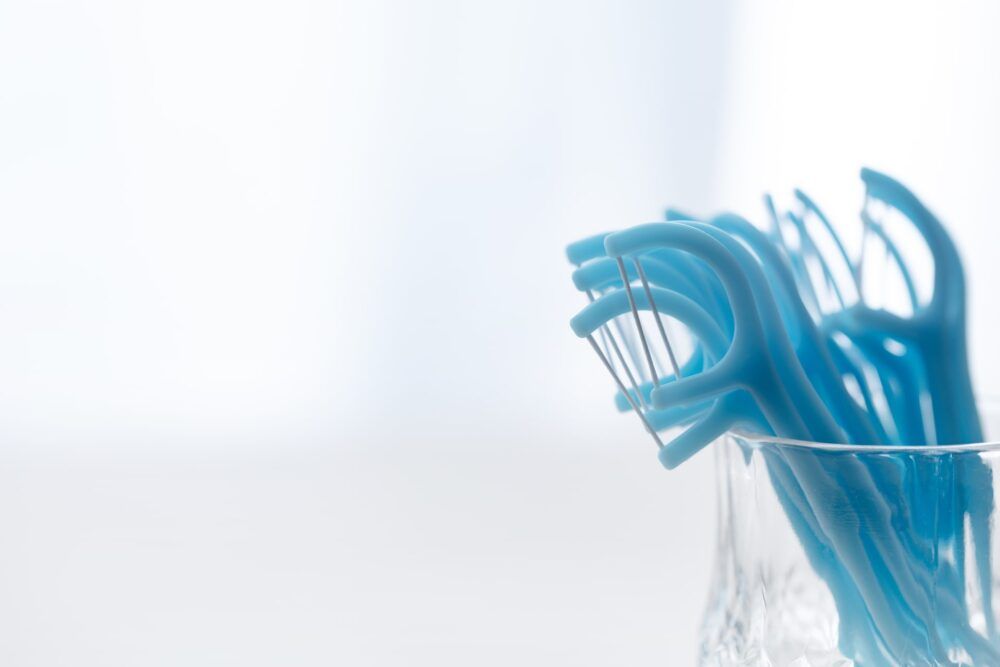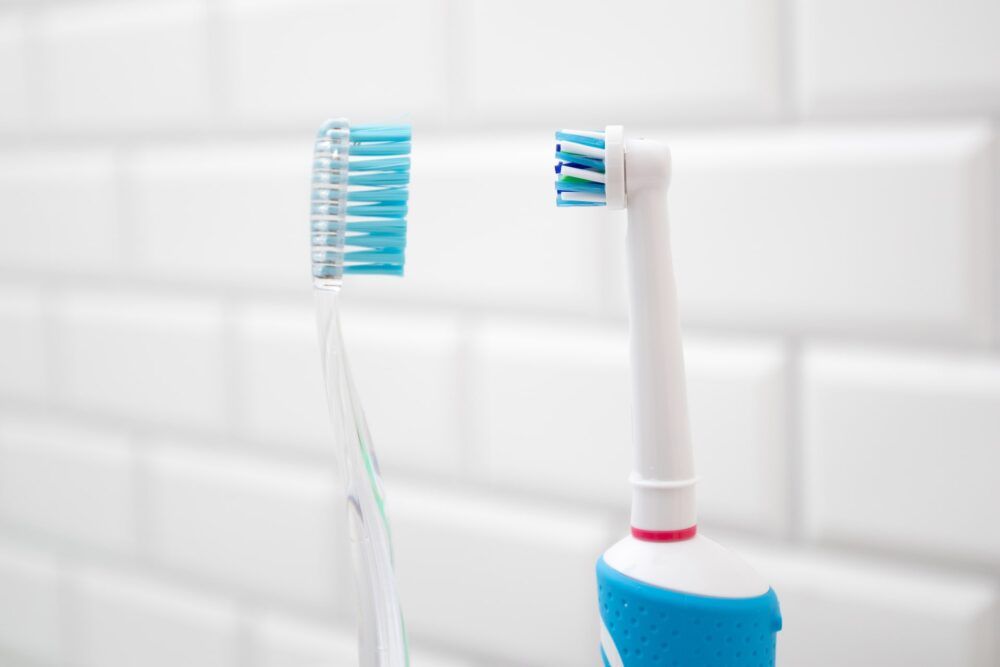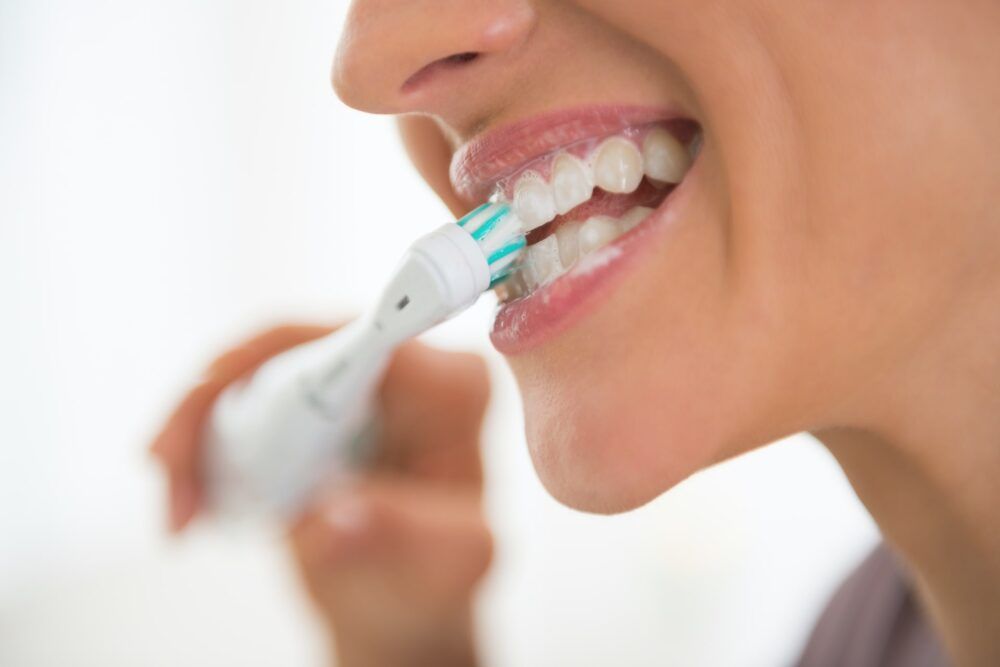A periodontal operation is a surgery to restore gum tissue lost to periodontal disease, improve the cosmetic appearance of one’s smile, or otherwise prepare the teeth for restorative prosthetics. Periodontal surgery is performed under local anesthesia – usually from the comfort of a dental office. Though there is little or no discomfort associated with the actual procedure itself, patients must follow very specific instructions for care during the post-operative period.
Did you know…
Periodontal disease is the leading cause of tooth loss among U.S. adults? The American Dental Association recommends twice-yearly screenings for periodontal disease – even if you have already been treated for the condition. Not only can regular check-ups help save your gums and teeth, but it may also help reduce your risk of developing certain systemic diseases that have been linked to a periodontal disease, such as heart disease.
Frequently Asked Questions
I am having periodontal surgery. What types of instructions will I need to follow on the day of my operation?
Someone will need to drive you home after your surgery. A periodontal dressing may be applied to the surgical site, hardening after a few hours. This dressing will remain in place until your follow up appointment, though it is normal for parts of it to fall off before then. The periodontal dressing is designed to withstand the pressure of chewing, but it should not be brushed over with a toothbrush.
At home, you can take pain medications as prescribed to help manage discomfort at the surgical site. Apply an ice pack to your cheek intermittently to reduce swelling in the initial hours after your operation. You may eat soft foods and liquids, but avoid hot items, such as coffee. Do not disturb the surgical site and avoid rinsing your mouth the first day if possible.
When will I start to feel like ‘myself’ again?
You may return to your regular activities 24 hours after a [city] periodontal surgery, but avoid exercise or over-exertion for several days. It is normal for swelling to persist for a few days after surgery, often not completely subsiding for up to a week. Continue to apply ice and hot compresses to the outside of your face as necessary to keep swelling at a minimum. Pain should gradually subside day by day. You may find that over-the-counter medications are enough to keep you comfortable after day two of your recovery, but do not hesitate to contact our office if your pain is not manageable.
Is there anything I need to do to facilitate the healing process?
Most patients have successful surgeries with complication-free recoveries. You can improve your chances of a simplified healing process by not smoking and remembering to irrigate the mouth with a salt water rinse following meals beginning the day after surgery. If you feel that your gums are not healing properly or you experience excessive bleeding, pain or a fever, contact our office immediately.


